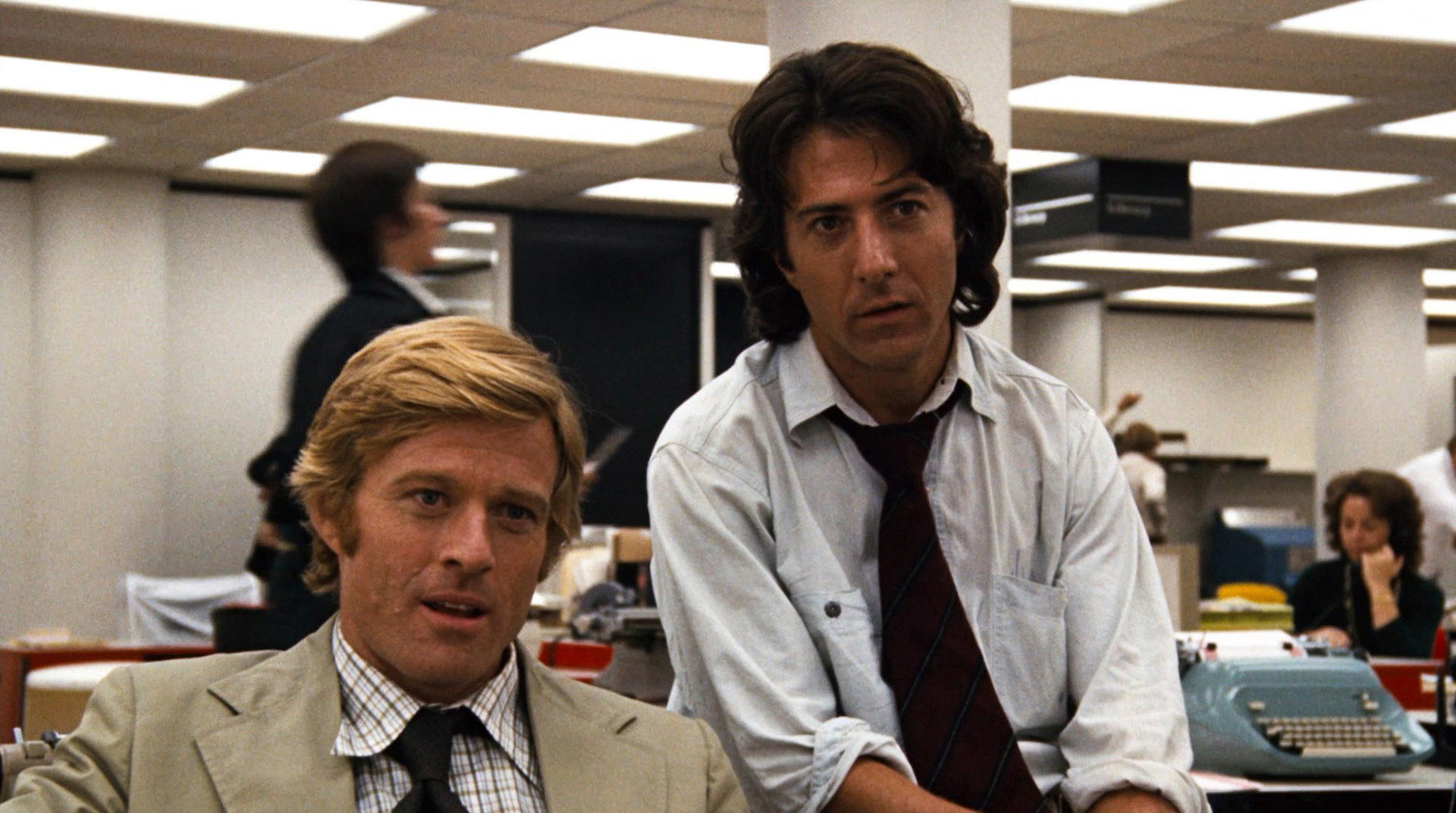The Sundance Kid
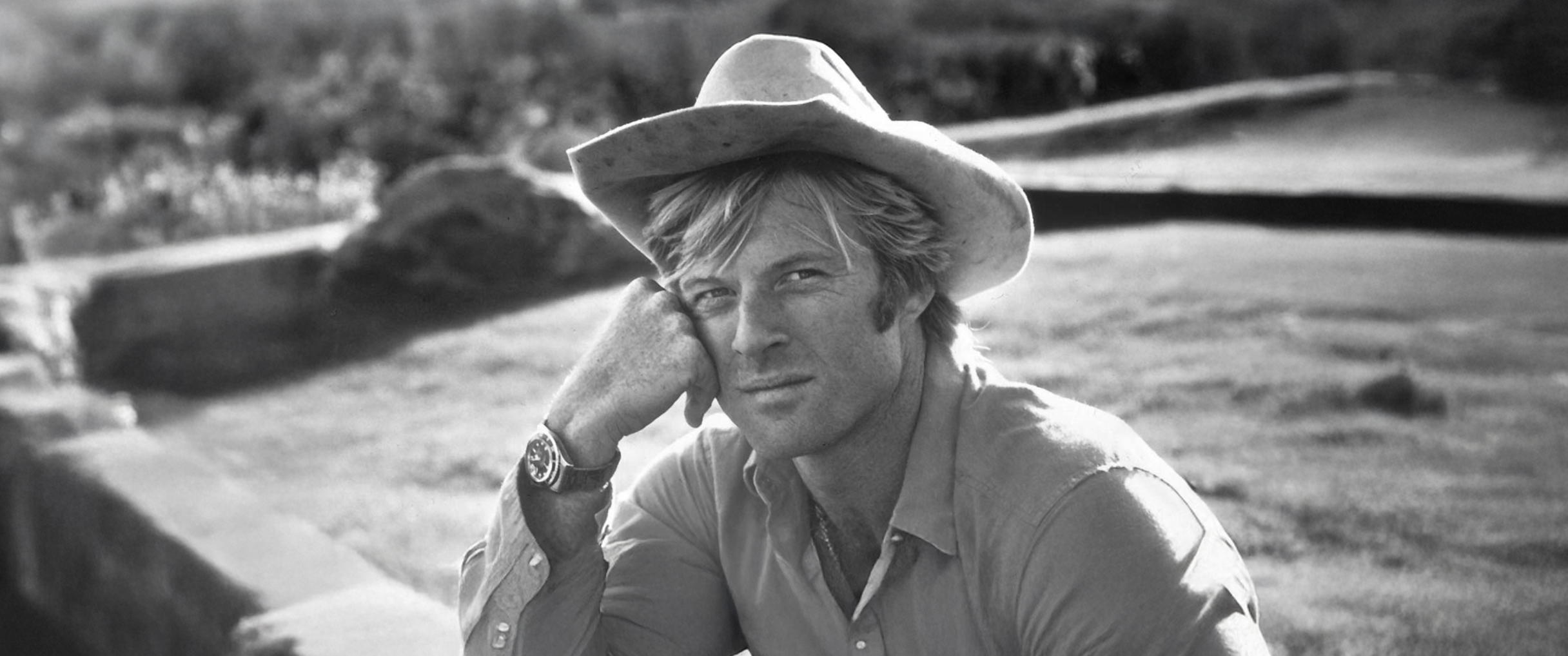
THE BLOND HEARTTHROB FROM THE WEST
Charles Robert Redford Jr. was born on 18 August 1936 in Santa Monica to an accountant and a homemaker. No one back then could have imagined that the rebellious teenager who spent more time on baseball fields than in classrooms would one day become Hollywood royalty. After a brief detour to the University of Colorado—which he called with characteristic honesty a "complete waste of time"—he set off for Europe to live as an artist. Paris was supposed to shape him, but in the end New York was calling.
The years at the American Academy of Dramatic Arts and later on Broadway shaped the young Redford. There he learned the craft that would later make him one of the most respected filmmakers of his generation. He always preferred to work behind the camera—but his good looks kept getting in the way. The lens adored him, so did the audience, and Hollywood simply could not resist the blond Adonis from the West.
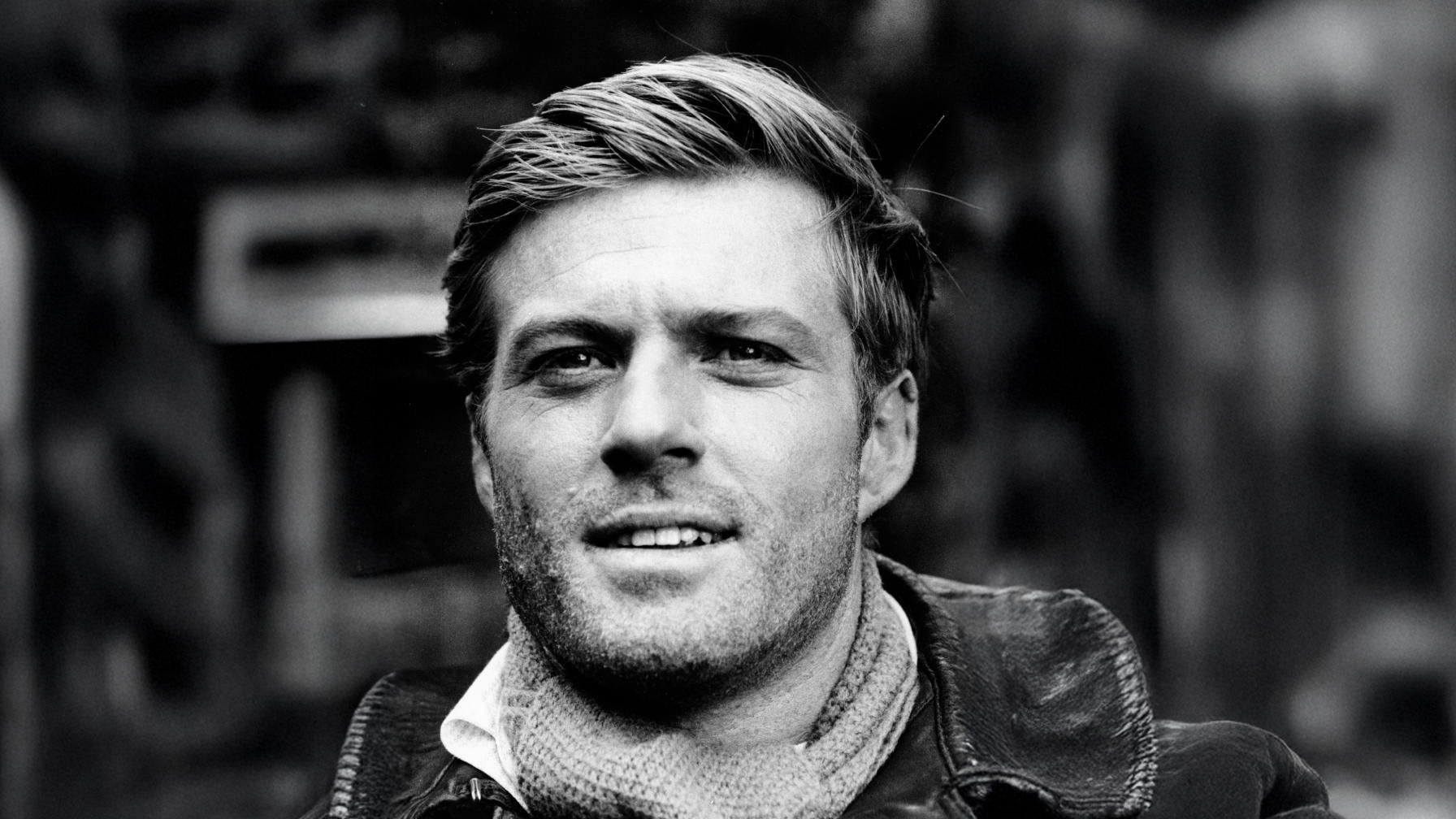
A CAREER STRAIGHT OUT OF A STORYBOOK
FROM BROADWAY TO HOLLYWOOD
Redford's film career began in 1962 with "War Hunt", but the breakthrough came in 1967 with "Barefoot in the Park" alongside Jane Fonda. It already revealed what made Redford special: he was not just easy on the eyes, he radiated a natural charisma and could glide effortlessly between vulnerability and strength.
BUTCH, GATSBY, AND ONE STING AFTER ANOTHER
In 1969 came "Butch Cassidy and the Sundance Kid"—a film that not only lifted Redford's career to a new level but also redefined the buddy movie. The chemistry between him and Paul Newman was pure magic, and Sundance Kid felt as if it had been written for him: charming, a little melancholic, with a mischievous smile that made millions of hearts skip a beat.
The seventies were Redford's decade. "The Sting" (1973) once again proved his flawless harmony with Newman, while "The Great Gatsby" (1974) showed that he could embody the torn American soul. "All the President's Men" (1976) marked a turning point: Redford was no longer just the shining hero but a journalist on a mission. As Bob Woodward he demonstrated that he could master the role of the intellectual—and he helped make investigative journalism fashionable again.
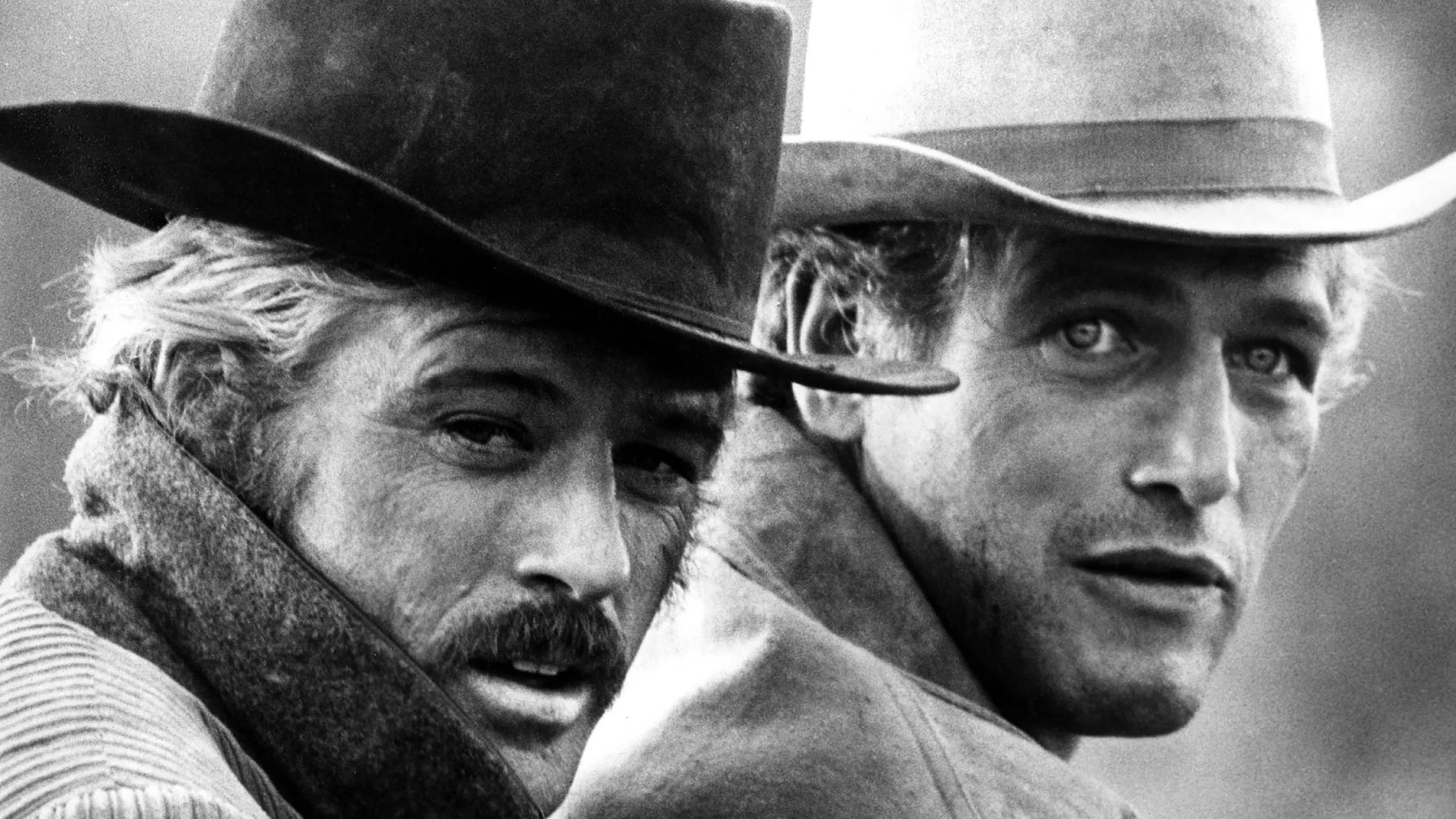
DIRECTOR, VISIONARY, ENVIRONMENTALIST – A TRIPLE LEGACY
Redford was more than just an actor. "If the studio wanted The Way We Were, I'd make it — but only if they also let me direct Ordinary People." (Redford: Harvard Business Review 2002). In the late seventies he used his fame to fight for a chance to direct. In 1980, with "Ordinary People", he proved that stepping behind the camera was far more than a vanity project. The film about a family after a traumatic loss earned him the Oscar for Best Director right away. No surprise: Redford brought the same sensitivity behind the camera that defined him as an actor. More directing gigs followed. "The Horse Whisperer" (1998) became his biggest box-office success.
In 1981, Redford founded the Sundance Institute. What began as a small funding program for independent filmmakers grew into the most important festival for independent cinema. Sundance discovered talents like Steven Soderbergh, Quentin Tarantino, Paul Thomas Anderson, and countless others. Kevin Smith, the director of "Clerks", once said: "Without Sundance, half of American filmmakers wouldn't exist."
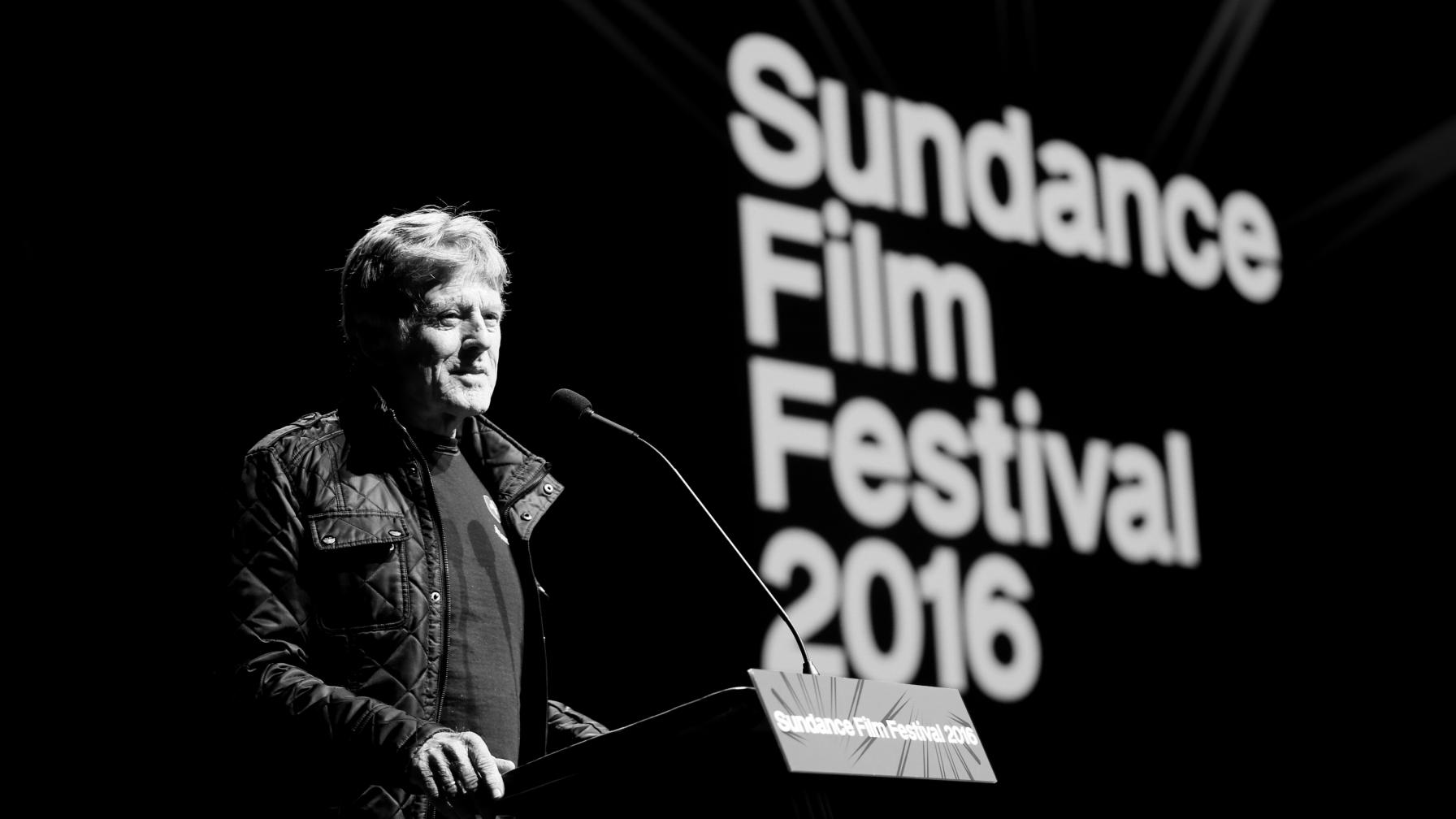
Redford was an early advocate for protecting America's wilderness, protested nuclear testing, championed renewable energy, and turned his property in Utah into a nature reserve. In 1970 he founded the Institute for Resource Management, later renamed the Natural Resources Defense Council. His environmental activism cost him roles now and then, but Redford remained steadfast.
FAMILY LIFE: LOVE, LOSS, AND NEW BEGINNINGS
In 1958, Redford married Lola Van Wagenen, his childhood sweetheart from Utah. Four children were born: Scott Anthony (who tragically died in 1959 as an infant), Shauna, David James, and Amy. Some of them followed in his footsteps: James became a director and environmental activist, Amy a director and producer. The marriage lasted 27 years—an eternity by Hollywood standards. They divorced in 1985 but remained close friends. In 2009, at 72, Redford married again: Sibylle Szaggars, a German painter he had met in the nineties. "She showed me that life still holds surprises in old age," he said about his second wife, who stood by him to the very end.
Robert Redford
Is your favorite film missing? Suggest it here and become the godfather of the film!
